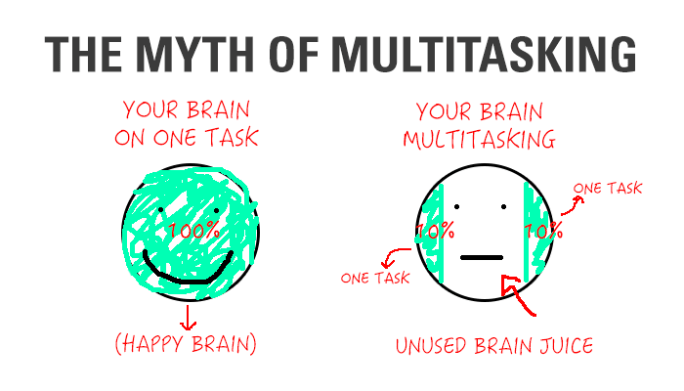--Originally published at Hackerman's house
Design principles
This chapter talks about a topic I already discussed a little in one of my posts. Design principles, which are guides that can be used to solve common problems when you are programming and allow you to do better code and without having that many troubles.
Imitation is the sincerest form of not being stupid
A design principle is a basic tool or technique that can be applied to writing code, the principal function of these principles is to make the code more maintainable, flexible or extensible.
The first one that is exposed it is really simple, it is called Open-Closed Principle, the basic idea is that the code should be extensible but not modified. A basic example of this is when you inherit from a class and you override an existing method. The behavior in the original class that is already proven won’t be affected, but it is useful for other similar implementations.

Image by Montillon.a
The Don’t Repeat Yourself Principle has to do with reutilization of code, when you are coding you have to abstract out things that are common and placing those things in a single location. First you need to detect the repeated code and determine which is the best place or class for that specific code. Then you erase the repeated code and just reference the code from the appropriate place. This is directly related to the requirements list, you want to implement each feature just once in the system.
Photo by Corliss NG
The Single Responsibility Principle. Every object in your system should have only one responsibility. You must analyze the methods inside a class to determine that they belong in there, that they are the responsibility of that specific object. If this isn’t the case, you need to move these


The Liskov Substitution Principle. Subtypes must be substitutable for their base types. It is about how to use inheritance correctly. You must be able to substitute your subclass with your base class without that much trouble. This principle allows you to detect bad use of inheritance, so that you can correct it. There are a lot of benefits of good use of inheritance.


